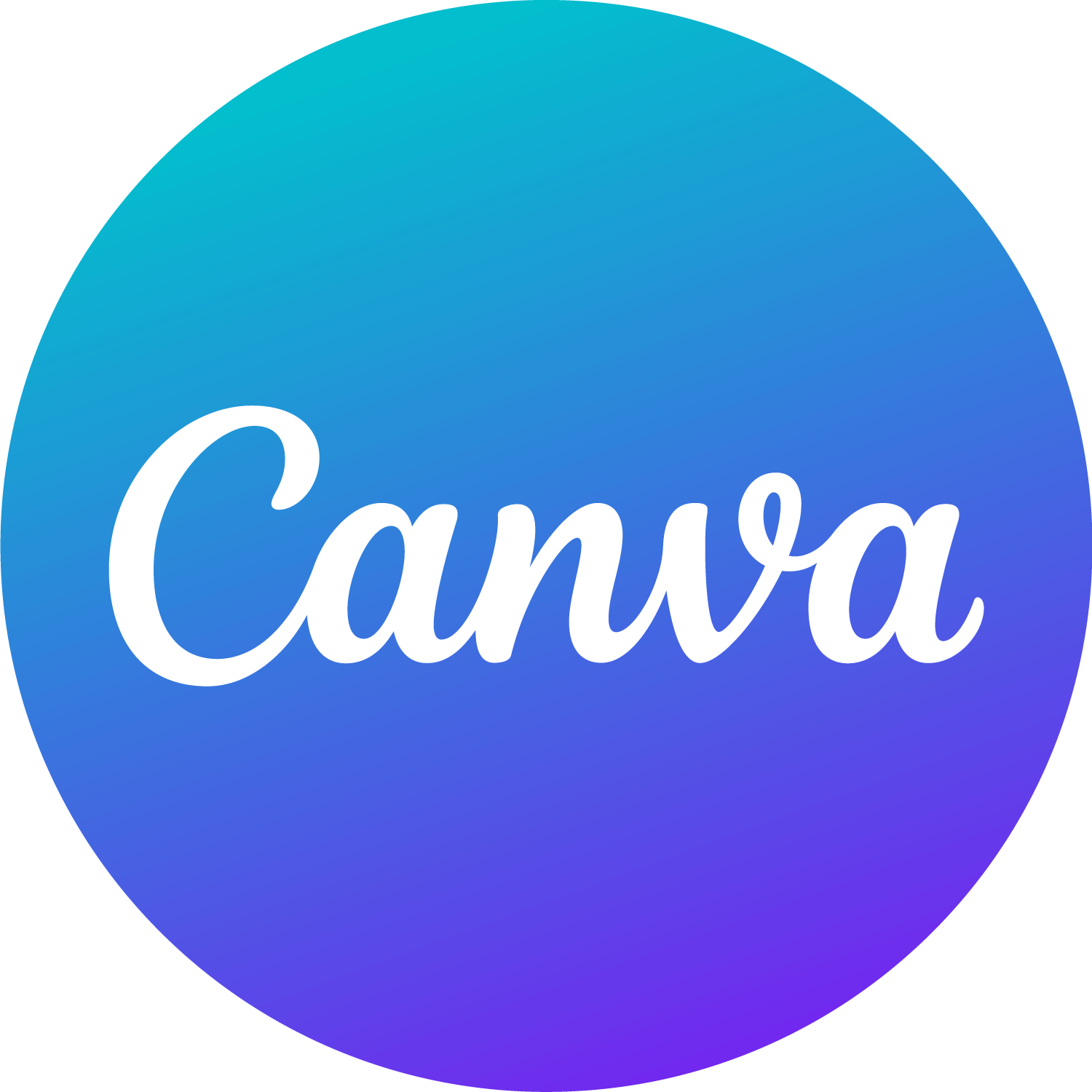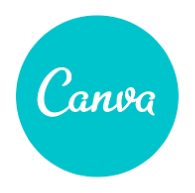Matthew Moore, Head of Design at Lime, on Figma vs. Adobe
 Nan Wang
Nan Wang

Background
Before joining Lime as Head of Design, Matthew Moore was Head of UX Design at Sonder and previously spent 5 years at Uber. When Figma launched, Moore was at Uber, where he watched the tool completely replace Sketch as a design tool. Today, his team at Lime relies on Figma for design but also to interface with marketing, product, and engineering teams internally. We talked to Matthew to get a better understanding of why Figma has been able to achieve this kind of broad utility internally, how it disrupted Sketch, and why even designers like him who have effectively free access to Adobe XD (Adobe's similar UI/UX tool) via their Creative Cloud bundle insist on paying for Figma.
Questions
- Can we start with roughly how many users of Figma or Adobe XD there are in your company?
- I know you were at Uber before, so could you talk broadly about what would make an enterprise customer decide if they want to pay for Adobe XD or Figma or any other designer tool that provides real-time collaboration?
- Could you speak about wall-to-wall expansion following bottom-up adoption by designers? How does Figma reach other paid users within an enterprise?
- Do you think Figma has the potential to become something that's used by the entire company? What positions Figma to do it well, as opposed to Adobe or other collaboration tools?
- Are Adobe and Figma competing for enterprise budgets, or do you see the overall budget for design tools just expanding?
- If a company is a power user of Adobe Creative Cloud, do you think the bundle economics and product integration make it make sense for people to use Adobe XD instead of Figma?
- It's incredible to see the enterprise adoption of Canva. How much overlap in customer base do you think there is for people who use Figma and Canva?
- From what you were saying with the library and the community, it sounds like Figma is very sticky in its product. Could you talk about how strong the network effect is in the community? Do you see it as a long tail of features, or do you think other businesses can be built on top of Figma?
- Is there anything that you think is important about Figma that we haven't spoken about?
Interview
Can we start with roughly how many users of Figma or Adobe XD there are in your company?
Matthew: I'm the design director at Lime, and it's about 35 to 40 Figma users right now. Designers actively working in Figma at Lime -- there's probably eight or nine of us. We're a pretty small team. Every designer, both products and brands design, uses Figma. It's our primary tool that we're using now. Anything else that we use is almost in support of the work that we're doing in Figma. There's lots of reasons for that, but the multiplayer capability and being able to work on files together from anywhere in the world and not have to deal with sending files -- sometimes maybe hundreds of megabytes or gigabytes -- to each other is just a game changer. It speeds up collaboration and makes work so much easier.
I know you were at Uber before, so could you talk broadly about what would make an enterprise customer decide if they want to pay for Adobe XD or Figma or any other designer tool that provides real-time collaboration?
Matthew: I'll answer that question a little bit more broadly. I was at Uber from the end of 2013 to the middle of 2018, and during that time we went from primarily using Photoshop to do product design and UX design to transitioning to Sketch. The whole company was essentially on Sketch, and then Figma came out -- I think it was probably 2017 when we really started talking about it. One of the designers that I was working closely with, his roommate was one of the founders of Figma and he was really excited about it, but it was way too early for the product. Things were working well in Sketch at that point, and there was no reason to switch. So we set a monthly calendar reminder to see if Figma had evolved to the point where we could actually use it. The next thing we knew, other parts of Uber had started using Figma and we were kind of the last team to get onto Figma.
Figma was right to take this approach of -- get the designers onto it, don't worry about your IT people, worry about the end user. Are they excited about this product? Do they see the benefit of it? And we totally started to see the benefit of it at Uber. I left Uber and went to Sonder. They were on Sketch, sending hundreds of megabytes of Sketch files around. And I was like, "No, we're not going to do this, we've got to switch to Figma." I did a similar thing when I came to Lime.
I would say that approach was wise for Figma to take. From an IT administrator's perspective, if you have an unopinionated group of end users, then they're going to go with what is available or low cost to them. These companies are still giving designers access to Adobe Creative Suite. I actually just checked it out -- I have access to Adobe XD as a part of my Creative Suite subscription at Lime, but I don't have it installed and frankly, I know no one who uses XD right now.
It's probably indicative that I know so little about it. I believe it does not have multiplayer capability. I believe it's not web based. I believe that you have to send files around to people and -- I'm sure they have some Adobe cloud solution that works sometimes, but my experience with the Adobe cloud system is that it's not particularly reliable and it's not a very generous product for the users.
If we were going to try out XD, there would probably be a lot of friction, which has a cost. We've got to use the tool we feel most comfortable with, and that almost gets out of the way so we can do the work we have to do, and Figma is that right now. There's so much momentum behind it. The community is very fickle about the tooling that we choose, and Figma has a whole community behind it. I'm a big fan of what they're doing.
Could you speak about wall-to-wall expansion following bottom-up adoption by designers? How does Figma reach other paid users within an enterprise?
Matthew: I can speak to what I've seen at Lime. Our team of designers is pretty resource-constrained, so we have to be very selective about the things that we do. Some of the historical asks that teams would have for a design team, we can't support them the way that the business necessarily needs. So we really strive to create files, repositories and libraries that the other teams can use so that we don't block their work. Figma is a phenomenal place to do that, especially with product design work. We just give them editing access. They're not product designers, but they can take, they can borrow and they can repurpose for their needs. I'm sure there is a lot that we're missing on a quality perspective with the work that these folks are putting out, but I think it's worth it for what they're trying to do, which is not often consumer-facing work. This is work that's getting in front of third parties, cities that we partner with, etc.
Another thing that we've benefited from is that going from something like Google Slides to Figma is not that big of a leap in certain areas. I'm thinking specifically about our product managers -- we encourage them, if they want, to go into the Figma file and edit it. I know that there are lots of teams out there that have content designers and UX writers that are doing the same thing. A Figma file becomes much more than just a series of mock-ups. It's more than a replacement to something like Sketch, because it is the place where product decisions are made now. I'll open up a file and see product managers in there, designers, certainly engineers -- anyone in a tech organization, you'll find them in there and interacting with these files, just as a source of truth.
Especially with Sketch -- where no one had Sketch except for designers -- there was a cost of process of exporting mock-ups to Google Slides to create design documentation. There are benefits to doing design documentation: it really helps clarify your thinking and makes you feel more confident with the decisions that you've made as a designer, almost like a double check. But every time I feel like, "Maybe I'll pull these mock-ups out of Figma and put them in the Google Slides," it's like, "No, why am I going to waste my time doing that? People have access to this. They can comment on it. I've laid it out in a way that there's a flow that people will understand. It's a narrative." So it really reduces a lot of communication challenges and redundant work, and then enables others to be able to use the product for their own needs and to move the business along.
I think FigJam is also interesting. I don't know if it needs to be a separate product for them, since it's very similar to the Figma editor -- maybe it's a simplified editor to an extent. I joined a meeting the other day, and there were product managers and engineers doing a quarterly brainstorming session and they had FigJam open and didn't talk to the designer at all to get going with that. They'd seen us using it, and once they saw it, they were comfortable and just ran with it. I was so delighted. I told them, "This is really awesome that you all have done this. You're doing a design thinking exercise in FigJam and there's no designers here."
It's going to be interesting to see how they evolve and where their next step is. Do they grow the core products to meet these different use cases, or do they continue to introduce separate products to do that? I'm not sure.
Sacra: It does seem that Figma is going broader with FigJam, trying to get everyone in the company to use it. And I hear what you're saying is that FigJam is bringing PMs and non-designers into Figma.
Matthew: Absolutely.
Do you think Figma has the potential to become something that's used by the entire company? What positions Figma to do it well, as opposed to Adobe or other collaboration tools?
.
Matthew: Let's look at different roles. So the CEO of Lime, would he use Figma? He might go in there to look at some important product feature that we're working on, but would he actually move from a viewer to an editor state? I don't see that right now, but I could see it if Figma had a compelling presentation software or an expression of the Figma core that works really well for someone who is familiar with Google Slides to create presentations. I think it would need to be better in some real way than Google Slides. It's easy to see the advantage of Figma versus Sketch going from a single-player world to multiplayer world, but Google Slides already has that. That's the challenge.
It seems like that's the next area that Figma could go and experiment in, almost like a Google Docs or Office 365 competitor. I just don't know what advantage they would bring to the table. I don't think anyone would disagree that G Suite doesn't feel like the most loved product at Google, even though it seems like it makes them money and I know I've used it extensively for many years and a lot of companies do. But there might be an opportunity for Figma to focus on that space and get some people to pry off, almost like what Dropbox was trying to do with paper and did not succeed with. It's risky. It's going to be interesting to see how it shakes out in the next few years with them trying to grow.
Are Adobe and Figma competing for enterprise budgets, or do you see the overall budget for design tools just expanding?
Matthew: I would say it's the latter. To me, Figma replaces parts of Creative Cloud, but it's not 100%. Figma does not have a Photoshop equivalent. If I want to edit some images, Figma is not the place to do that. Then there are video tools: Premiere, After Effects. Nothing that Figma is doing today comes anywhere close to what those tools could do. There are some animation capabilities with Figma, but it's more focused on clickable prototypes. So it's not one-to-one. For many use cases, Figma can replace a product like Illustrator, especially when it comes to software design and whatnot. But I don't think it's a replacement for anything other than XD. It's complementary.
If a company is a power user of Adobe Creative Cloud, do you think the bundle economics and product integration make it make sense for people to use Adobe XD instead of Figma?
Matthew: I'm sure there are companies out there that say, "Hey, we're paying for Creative Cloud. We're going to make our designers use XD." They're going to have a real problem attracting top talent. Because I think across all of the companies that you and I know, there's an expectation now from designers that we're going to use Figma. It's a very empowered IT organization that will not listen to their design organization on the tool that they want to use. I'm sure those companies do exist. But for any company that really takes design seriously, they're going to trust their design organization on the tooling that they want to use, and Figma is that tool today in 2021.
It's incredible to see the enterprise adoption of Canva. How much overlap in customer base do you think there is for people who use Figma and Canva?
Matthew: That's a good question, super relevant. Canva just raised $200 million at a $40 billion valuation.
I'm not sure if I've ever used Canva, but my understanding is that it's more a Photoshop replacement than a product design mock-up, flow creation replacement. My understanding is it is much more used by marketing managers and marketing teams, and brand and marketing designers may very well set up templates and whatnot in Canva. But it's not really for product design. It's for creating social media, video, marketing, swag. So it's much more like a desktop publishing piece of software than product design.
I think it is a different set of users that are going to be attracted to Canva and paying for it versus Figma. That said, this may be another area for Figma to look into. There certainly are similarities between Figma and what I would expect Canva to be, but maybe that's an opportunity for them to go more into that direction to continue growing. Companies are subscribing to Canva, but I imagine you have a lot more companies subscribing to Adobe Creative Cloud than Canva. Maybe Figma has more of an opportunity there than going after Google Docs or additional Adobe Creative Cloud products.
From what you were saying with the library and the community, it sounds like Figma is very sticky in its product. Could you talk about how strong the network effect is in the community? Do you see it as a long tail of features, or do you think other businesses can be built on top of Figma?
Matthew: When I think of network effects in relation to Figma, it's probably similar to the network effect something like Slack would have, where Slack is making attempts to get outside of the organization silo, but it's predominantly: you work for a company that uses Slack, you basically have that one organization that you're interacting with. So I think the network effects for Figma are going to be currently confined more towards the organization. If an organization uses Figma, there's going to be a lot of network activity within that organization. We've seen that at Lime.
Talking about Slack, I think Discord has accomplished much of what we're thinking of as traditional network effects, expanding beyond the organization. It would be interesting if Figma is able to pull that off. They have a community section in the app right now, and there's some cool stuff in there as far as plugins and whatnot.
But one of the biggest issues I have with Figma is -- I don't know if it is a conscious decision, but they know who's paying them, and it's the companies. So how much gravity do you want to have around the individual versus the company? Going back to the Slack and Discord analogy, Slack is very much "organization" -- they're the ones that are paying us, users are part of the organization. Whereas I feel Discord is much more about the individual, and you can go and be a part of all of these different organizations.
Figma is much more like Slack today, but do they continue to move in that direction? You as the designer, you're working at Lime, but you're also contributing to all these other projects as well. It's not really structured, or apparent that it's structured, in a way that's more towards the individual at this point. It'll be interesting to see how much they start to move in that direction. You definitely get into IP concerns. As a designer, I should be able to take all the stuff that I've worked on at Lime, put it in my own instance and it's mine forever. It's not apparent to me how to make that happen today, which is frustrating, especially when you're trying to create your portfolio. But as a manager, as a director of the company, I'd want it to be focused on the organization, I don't want people taking all this stuff.
Is there anything that you think is important about Figma that we haven't spoken about?
Matthew: I would say they have some incredible talent there now. I know a lot of folks that have gone there, and it's powerful when you have a software as a service company that is able to attract top tier talent. That makes me really excited for what they're going to be able to create in the future. I'm sure their ambitions are much larger than what they may put out externally. I think that they've got huge potential, and am really excited for them because I think that they've built a really admirable company and are doing things the right way.
Disclaimers
This transcript is for information purposes only and does not constitute advice of any type or trade recommendation and should not form the basis of any investment decision. Sacra accepts no liability for the transcript or for any errors, omissions or inaccuracies in respect of it. The views of the experts expressed in the transcript are those of the experts and they are not endorsed by, nor do they represent the opinion of Sacra. Sacra reserves all copyright, intellectual property rights in the transcript. Any modification, copying, displaying, distributing, transmitting, publishing, licensing, creating derivative works from, or selling any transcript is strictly prohibited.











